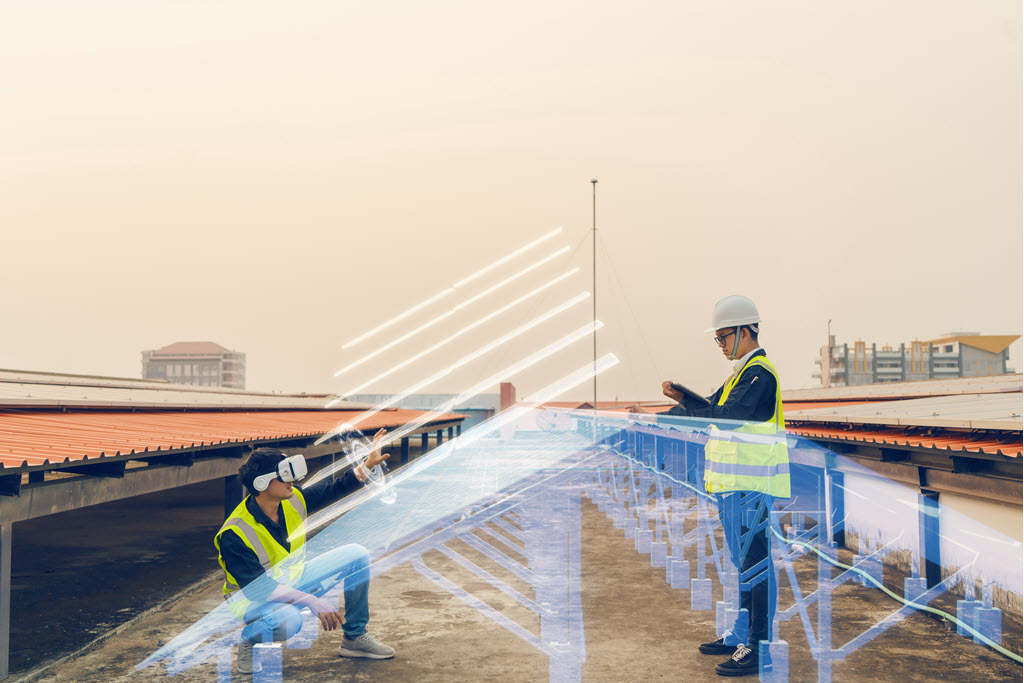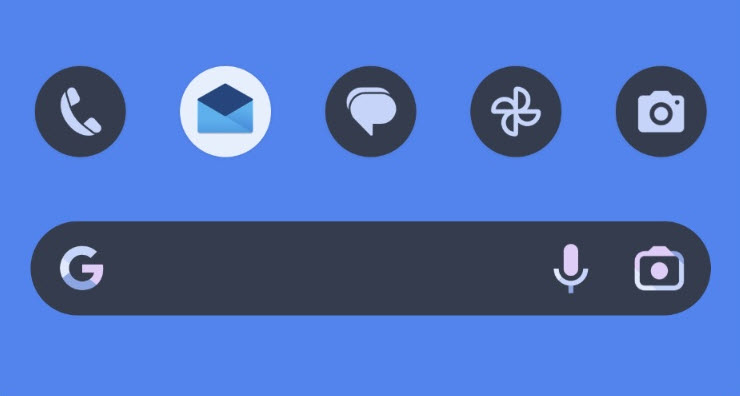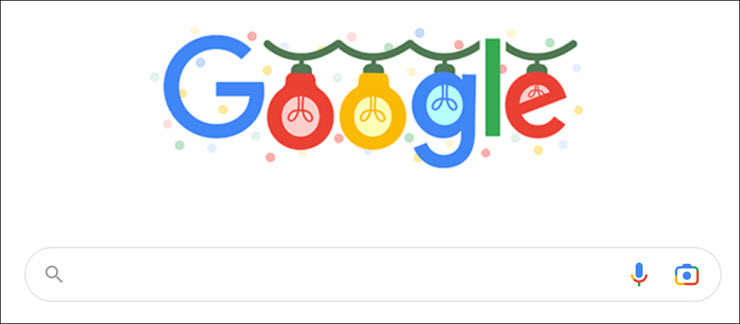
Augmented reality is going to sneak into your life, quietly turning up in useful ways that seem natural and not like high tech mumbo jumbo at all.
It’s already happening. Recently Google took a big step right in front of your eyes, genuine change-the-world stuff, and you haven’t noticed yet.
Google just made it easier for everyone to use augmented reality. You don’t have to know anything, you don’t have to install an app, you don’t ever have to see the words “augmented reality.”
Instead, just look at the Google search bar on your phone.

Do you see it? You’re not sure? Okay, take a look at the search bar on www.google.com.

Still missing it? It’s the little camera icon on the right. It’s new. It’s the future of search. It brings augmented reality into everyone’s world. It’s been on phones for a year or so but it’s so important that Google quietly added it to the search bar on the Google home page last month. Google never changes its home page!
Google Lens AKA “visual search” AKA “search what you see”
Google has added single click access to Google Lens in its search bars on mobile devices and the web.
Google Lens was introduced in 2017 and has been steadily improved and promoted ever since. The appearance on the Google home page is just the latest step in a long-term project to make it ubiquitous. You can launch Google Lens from Google Photos, Google Maps, lots of places on Android phones, and the Google app on iPhones. Right-click on any online image in Chrome and you’ll see “Search image with Google.”
You don’t need to remember the name “Google Lens.” You only need to know that now you can search what you see.
Google built its empire on searches that start with words typed in a box. Now it’s preparing us for a future of searches that start outside the box.
With Google Lens, tapping on the camera icon allows you to search without typing any words. You can point the camera on your phone at anything and Google will search for useful things related to what you see.
Point at someone’s sweater and Google will do a search for that sweater and tell you what brand it is and where to buy it nearby.
Point at a plate of food and Google will try to identify the recipe and tell you where you can order it in your town.
Point at a store front and you’ll get links to the store website, information about the business, perhaps coupons or a discount code.

Point at something in a foreign language and Google will translate it automatically and show you the translation overlaid on the original. It will even try to mimic the look and feel and font of the original. Automatic translation works with street signs, menus, signs on businesses (like the above picture), anything.
If you’re pointing at a random object, Google Lens will try to identify it and give you useful links. Back in 2020 Google had already built up an object recognition library of 15 billion products; it’s undoubtedly much larger today.
Here’s an example described by Clay Bavor, Google’s VP in charge of VR/AR in 2018:
At Google’s offices the day of the Lens demo, Bavor pulled out his smartphone and showed me a photo he’d taken of a Datsun 1500 Roadster that he spotted from the back of his Lyft ride. “You think about how you’d formulate that query. ‘Old car with round headlights and a big grille and a curvy line on the side and it’s a convertible and it has silver pointy’… What is the query you would even write? And I Lensed it, and oh, it’s the Datsun 1500,” says Bavor. “There’s literally no query I could have written to figure that out.”
Millennials and Gen Z use the camera as one of their primary ways to interface with the world. Google is future-proofing its primary product, web search, both leading and following our societal transition to visual information.
It is not a coincidence that visual searches are very monetizable. When we care enough about something we see to want more information about it, there is a high likelihood that we can be influenced to spend money.
Google Lens and visual search are preparing the world for augmented reality – visual information overlaid on the world. Similarly, Google Maps will increasingly show visual markers for walking directions, business information, building interiors, and much more.
Think of it as incubation that uses Google’s massive scale to expose AR technology to the world.
That little camera icon? It’s a training wheel for an augmented reality future. Take it for a spin. You might enjoy the ride.
